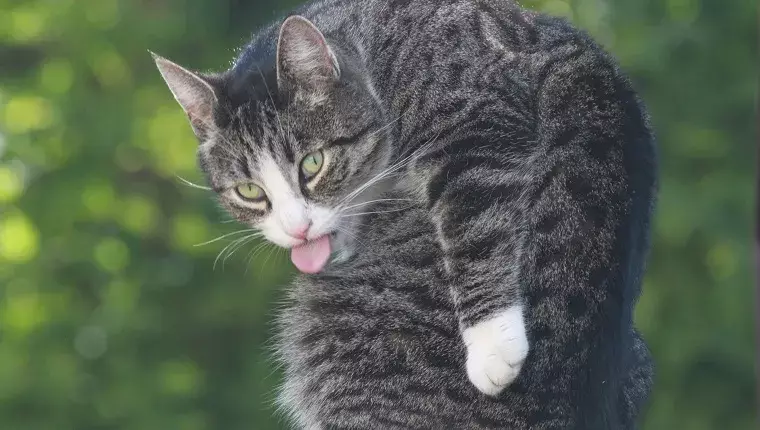Cats are often considered the epitome of cleanliness in the animal kingdom, dedicating a significant portion of their day to self-grooming. It’s a behavior that is not only instinctual but serves multiple purposes, from keeping their fur clean to regulating their body temperature. However, when cats cease this regular self-maintenance, it often signals underlying health issues that warrant immediate attention. This article delves into the reasons why a cat might stop grooming, the signs to look out for, and the steps pet owners can take to ensure their feline companions maintain their health and hygiene.
The act of self-grooming, or allogrooming, is inherent to feline behavior. Cats will spend up to 50% of their waking hours meticulously tending to their fur. This activity is essential for several reasons: it helps remove dirt and parasites, distributes natural oils throughout their coats, and even plays a role in temperature regulation. Grooming also serves a psychological component, offering comfort and reducing stress. Therefore, when a cat’s grooming routine is disrupted, it is crucial for owners to recognize that this may point to more than just a case of laziness or disinterest.
Owners should remain vigilant for signs that indicate a cat is not grooming adequately. Common indicators include matted fur, an oily or unkempt coat, and food debris stuck around the mouth. Additionally, cats that are neglecting their grooming may show signs of a foul odor, particularly if they are failing to keep their rear clean. Changes in behavior, such as reduced grooming time, can be subtle yet significant. Understanding your cat’s normal habits is essential; if you notice any marked deviations, intervention is necessary.
One of the most common reasons cats forgo grooming is pain. Cats are stoic creatures and may not readily express discomfort. Conditions such as arthritis, especially prevalent in older felines, can hinder their ability to access certain areas of their bodies. Pain can be multifaceted—injuries, dental issues, or chronic conditions can all contribute to a cat’s reluctance to groom. If your feline friend appears to be in discomfort or is exhibiting behavioral changes, a trip to the veterinarian is essential to diagnose and address the problem effectively.
Understanding Dental Health and Its Impact
Dental health is another critical factor impacting a cat’s grooming habits. If a cat experiences pain while chewing or excessive drooling due to oral health issues, they might not engage in self-grooming as they normally would. Symptoms such as refusal to eat, a foul smell from the mouth, or pawing at their face can indicate dental distress. Regular vet check-ups, including dental cleanings, can help prevent these issues and ensure your cat maintains a healthy and pain-free mouth.
Obesity can significantly impact a cat’s grooming abilities. Overweight cats may struggle to reach their entire body, leading to missed areas becoming dirty or matted. It’s essential to monitor your cat’s weight and maintain an appropriate diet to encourage a healthy lifestyle. Consultation with a veterinarian can provide guidance on managing weight through dietary changes and increased activity. During this time, owners may need to take on additional grooming responsibilities to keep their pets clean until they can reclaim the habit for themselves.
Certain breeds, particularly those with long hair, are more susceptible to mats in their fur. Areas such as the hindquarters can become particularly problematic for overweight or elderly cats who cannot groom themselves adequately. While it may be tempting to cut away mats at home, this can pose risks to your cat’s skin. Instead, seeking professional grooming services or veterinary help ensures that mats can be removed without injury.
A cat’s decision to stop grooming is not a minor concern. It can be an indicator of pain, health issues, or behavioral challenges requiring immediate veterinary attention. Owners should remain observant and proactive, addressing any alterations in grooming habits swiftly. Regular vet visits and attentive home care play pivotal roles in maintaining feline health and happiness. Ultimately, creating a supportive and clean environment for your cat encourages them to return to their natural grooming instincts, facilitating a healthier lifestyle and a deeper bond between pet and owner. Have you experienced your cat abandoning their grooming routine? Consider sharing your story and the solutions you discovered.


Leave a Reply